Home>Dining>Tableware>What Type Of Yarn Is Best For Coasters
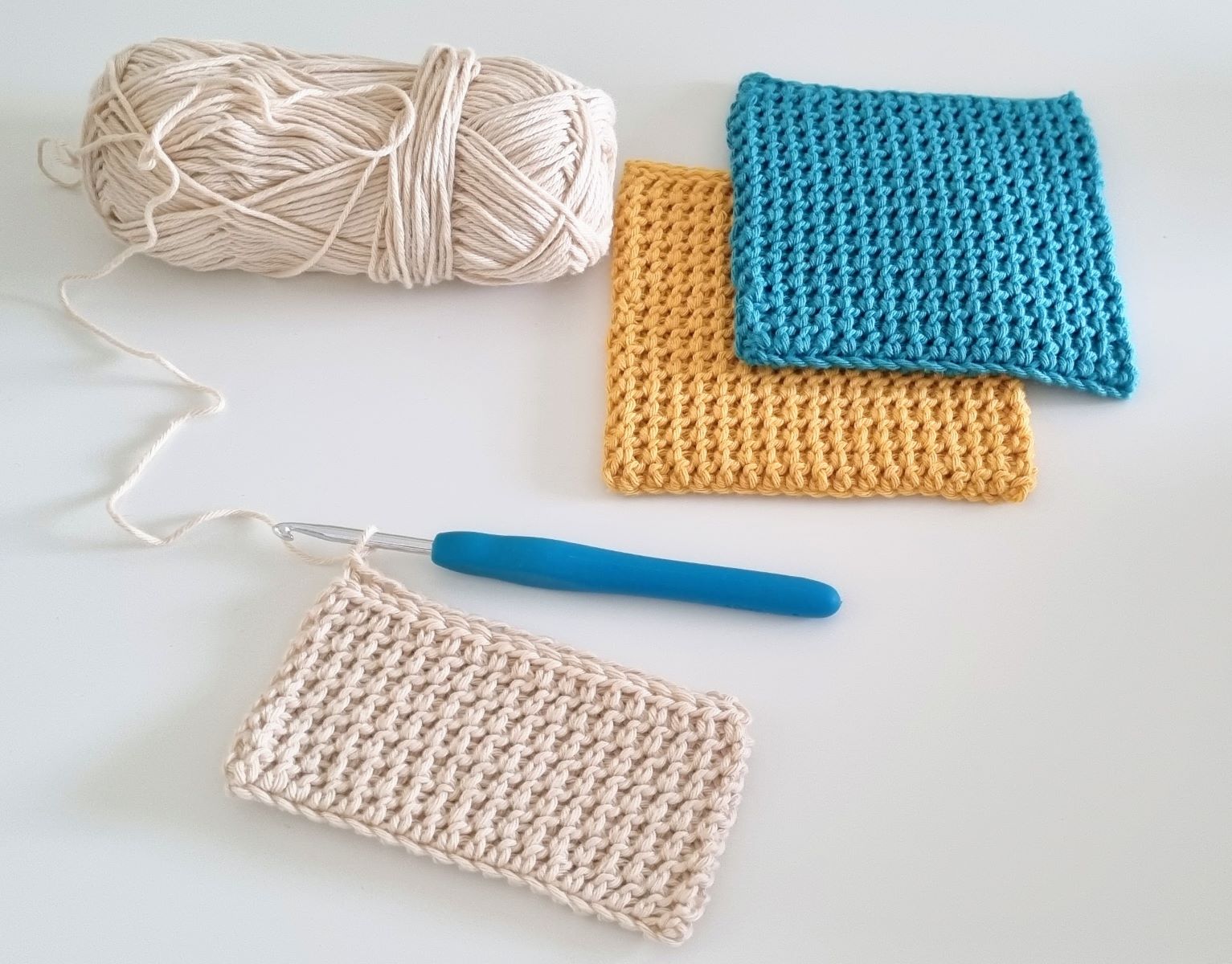

Tableware
What Type Of Yarn Is Best For Coasters
Modified: January 4, 2024
Discover the perfect type of yarn for your tableware coasters. Find out which yarns are best for durability and absorbency, ensuring your coasters stand the test of time.
(Many of the links in this article redirect to a specific reviewed product. Your purchase of these products through affiliate links helps to generate commission for Storables.com, at no extra cost. Learn more)
Introduction
When it comes to tableware, coasters play a vital role in protecting your tabletop from potential damage caused by hot or cold beverages. While the design and functionality of coasters are essential, the choice of yarn used to make them can significantly affect their durability and effectiveness. Selecting the right type of yarn for coasters requires careful consideration of various factors, including the material’s absorbency, heat resistance, and aesthetic appeal.
In this article, we will explore the different types of yarn that are commonly used for coasters and discuss their benefits and drawbacks. By understanding the properties of each yarn type, you can make an informed decision and choose the best yarn for your coaster project.
Key Takeaways:
- Choose cotton yarn for absorbent and durable coasters with a classic look, ideal for protecting your tabletop while adding a timeless touch to your home decor.
- Opt for acrylic yarn for heat-resistant, durable, and visually appealing coasters, offering versatility in color and texture for long-lasting functionality and style.
Read more: What Is The Best Yarn For Rugs
Factors to Consider for Coaster Yarn
When selecting the yarn for your coaster project, there are several important factors to consider:
- Absorbency: Coasters are designed to absorb condensation and prevent it from seeping onto your tabletop. Therefore, it is crucial to choose a yarn that has high absorbency. The best yarns for absorbency are usually natural fibers like cotton and wool.
- Heat Resistance: Since coasters are primarily used for hot beverages, it is essential to select a yarn that is heat resistant. Synthetic fibers such as acrylic and blends can offer better heat resistance compared to natural fibers.
- Durability: Coasters are subjected to frequent use and can undergo wear and tear. Choosing a yarn that is durable and can withstand constant use is essential. Synthetic fibers like acrylic and blends often provide better durability compared to natural fibers.
- Ease of Care: Coasters can get stained or soiled over time, so choosing a yarn that is easy to clean and maintain is important. Some yarns, like cotton, can be easily machine washed, while others may require more delicate care.
- Aesthetic Appeal: Coasters can be decorative elements on your tabletop, so selecting a yarn that complements your style and aesthetic preferences is essential. Consider the color, texture, and appearance of the yarn.
By considering these factors, you can narrow down your options and choose the yarn that will best suit your coaster project’s requirements.
Cotton Yarn
Cotton yarn is a popular choice for coasters due to its excellent absorbency and natural fibers. It is highly absorbent, making it ideal for soaking up condensation from beverage glasses. The absorbency of cotton yarn helps to prevent moisture from seeping through and damaging your tabletop.
In addition to its absorbency, cotton yarn is also highly durable, making it suitable for frequent use. It can withstand the pressure of cups and glasses without losing its shape or structure. Cotton yarn is also relatively easy to clean and maintain, as it can be machine washed without losing its quality.
Cotton yarn is available in a wide range of colors, allowing you to choose the perfect shade to match your table setting or home decor. It also comes in various thicknesses, providing versatility in terms of the coaster’s thickness and weight.
However, it’s worth noting that cotton yarn may not have the same heat resistance as synthetic fibers. While cotton can handle moderately warm beverages, it may not be suitable for extremely hot liquids. If you frequently use coasters for hot drinks, you may want to consider alternative yarn options.
Overall, cotton yarn is an excellent option for coasters, particularly if absorbency and durability are your primary concerns. Its natural fibers give it a classic and timeless appearance, while its practicality ensures effective protection for your tabletop.
Acrylic Yarn
Acrylic yarn is a synthetic fiber that is commonly used for making coasters. It offers several advantages that make it a popular choice among crafters. Acrylic yarn is known for its heat resistance, making it suitable for use with hot beverages without the risk of melting or deforming.
In addition to its heat resistance, acrylic yarn is highly durable and can withstand heavy use. It is resistant to fading and retains its shape well, making it ideal for long-lasting coaster projects. Acrylic yarn is also easy to care for, as it can be machine washed and dried without any special precautions.
One of the major advantages of acrylic yarn is its wide range of colors and variety of textures available. It can mimic the appearance of natural fibers and even have a soft, luxurious feel to it. This allows you to create coasters that are not only functional but also visually appealing and can match your home decor.
However, it’s important to note that acrylic yarn may not have the same absorbency as natural fibers like cotton. While it can handle small amounts of condensation, excessive moisture may not be absorbed effectively. If absorbency is a top priority for your coaster project, you may want to consider other yarn options.
Overall, acrylic yarn is a versatile choice for coasters, offering durability, heat resistance, and a wide range of colors and textures. Its practicality and aesthetic appeal make it a popular option for coaster projects, allowing you to craft coasters that are both functional and visually appealing.
When choosing yarn for coasters, opt for a durable and absorbent material such as cotton or linen. These yarns will hold up well to moisture and frequent use, making them ideal for coasters.
Wool Yarn
Wool yarn is a natural fiber that is highly sought after for various craft projects, including coasters. It offers unique properties that set it apart from other yarn options.
One of the most notable features of wool yarn is its exceptional absorbency. Wool fibers have a natural ability to wick away moisture, making it an excellent choice for coasters. It can absorb condensation from beverage glasses effectively, preventing it from seeping onto your tabletop.
In addition to its absorbency, wool yarn is also known for its insulating properties. It can resist heat, making it suitable for use with hot beverages without the risk of damaging the coaster or your tabletop. Wool also has a natural elasticity, allowing it to bounce back to its original shape even after being subjected to pressure.
Wool yarn is incredibly durable and can withstand heavy use. It is resistant to wear and tear, making it ideal for long-term coaster projects. Wool fibers are also naturally stain-resistant, making cleaning and maintenance a breeze.
Another advantage of wool yarn is its natural beauty. It comes in a variety of colors and textures, allowing you to create visually appealing coasters. The texture of wool adds a cozy and luxurious feel to your coaster projects, enhancing the overall aesthetic appeal.
However, it’s important to note that wool yarn requires special care compared to other yarn options. It is generally recommended to hand wash wool items to maintain their quality and shape. Wool yarn may also be more expensive compared to other yarn types, so it’s essential to consider your budget when selecting materials for your coaster project.
Overall, wool yarn is an excellent choice for coasters, especially if absorbency, heat resistance, durability, and natural beauty are your top priorities. Its unique properties make it a versatile yarn option that can create functional and visually stunning coasters.
Read more: What Are Coasters For
Synthetic Yarn
Synthetic yarn, such as polyester or nylon, is a popular choice for making coasters due to its unique characteristics and affordability. Synthetic yarn offers several benefits that make it a practical option for coaster projects.
One of the key advantages of synthetic yarn is its excellent heat resistance. It can withstand high temperatures without melting or losing its shape, making it suitable for use with hot beverages without the risk of damage. Synthetic yarn also tends to be more durable than natural fibers, ensuring that your coasters will withstand frequent use and maintain their shape over time.
In addition to its heat resistance and durability, synthetic yarn is often easy to care for. Most synthetic fibers can be machine-washed and dried, making maintenance a breeze. They are also resistant to shrinking, fading, and staining, ensuring that your coaster project remains in good condition for an extended period.
Synthetic yarn is available in a wide range of colors and can be easily dyed or manufactured in vibrant hues. This allows for endless creativity and flexibility in creating unique, eye-catching coasters that match your personal style or home decor.
However, synthetic yarn may not have the same absorbency as natural fibers like cotton or wool. While it can handle small amounts of condensation, it may not absorb moisture as effectively. If absorbency is a critical factor for your coaster project, you may want to consider other yarn options.
Overall, synthetic yarn is a practical and affordable choice for coasters, offering heat resistance, durability, and a wide variety of vibrant colors. Its low-maintenance properties make it ideal for busy households or those who prefer hassle-free care for their coaster projects.
Blended Yarn
Blended yarn is a combination of two or more types of fibers, often a mix of natural and synthetic fibers. Blending yarns offers the benefits of each fiber and creates a unique combination that can be advantageous for coaster projects.
One of the key advantages of blended yarn is its ability to combine the best qualities of different fiber types. For example, a blend of cotton and acrylic yarn can offer the absorbency of cotton and the durability and heat resistance of acrylic. This makes the coaster more versatile and suitable for various beverage temperatures.
Blended yarns can also provide enhanced durability and longevity compared to single fiber yarns. The combination of fibers creates a stronger, more resilient yarn that can withstand frequent use and maintain its shape over time. This makes it an excellent choice for long-lasting coaster projects.
In terms of care, blended yarns often offer the convenience of machine washing while still maintaining their durability. It’s essential to follow care instructions to ensure the longevity of the coaster and prevent any potential shrinkage or damage.
The variety of fiber blends available in the market allows for a wide range of color options and textures. Blended yarns can offer a balance between the natural appearance and feel of fibers like cotton or wool, as well as the vibrant colors or unique textures offered by synthetic fibers.
When selecting a blended yarn for your coaster project, consider the specific blend components and their respective properties. This will ensure that you choose a blend that meets your desired criteria, whether it’s absorbency, heat resistance, durability, or aesthetic appeal.
Overall, blended yarns provide a versatile and customizable option for coaster projects, combining the advantages of different fiber types. By carefully selecting the blend that suits your needs, you can create coasters that are practical, durable, and visually appealing.
Conclusion
Choosing the right yarn for your coaster project is essential to ensure durability, functionality, and aesthetic appeal. Each type of yarn has its own unique properties and considerations, allowing you to select the best option based on your specific requirements.
Cotton yarn, with its excellent absorbency and durability, is a classic choice for coasters. It offers a natural and timeless look while effectively protecting your tabletop.
Acrylic yarn, on the other hand, provides heat resistance, durability, and a wide range of colors and textures. It is a versatile option that can create visually appealing coasters with long-lasting functionality.
Wool yarn offers exceptional absorbency, heat resistance, and natural beauty. It is an excellent choice if you prioritize functionality and want to create cozy and luxurious coasters.
Synthetic yarn, such as polyester or nylon, provides durability, heat resistance, and affordability. It is a practical option for low-maintenance coaster projects and can withstand frequent use.
Blended yarns combine the best qualities of different fibers, offering enhanced durability, versatility, and a wide variety of color options. They are an excellent choice for creating coasters that meet specific criteria.
Ultimately, the best yarn for your coaster project depends on your preferences and the specific requirements of the coasters you want to create. Consider factors such as absorbency, heat resistance, durability, ease of care, and aesthetic appeal when making your decision.
By selecting the right yarn, you can create coasters that not only protect your tabletop but also reflect your personal style and add a touch of charm to your home. So go ahead, unleash your creativity, and enjoy crafting beautiful, functional coasters with the perfect yarn!
Frequently Asked Questions about What Type Of Yarn Is Best For Coasters
Was this page helpful?
At Storables.com, we guarantee accurate and reliable information. Our content, validated by Expert Board Contributors, is crafted following stringent Editorial Policies. We're committed to providing you with well-researched, expert-backed insights for all your informational needs.
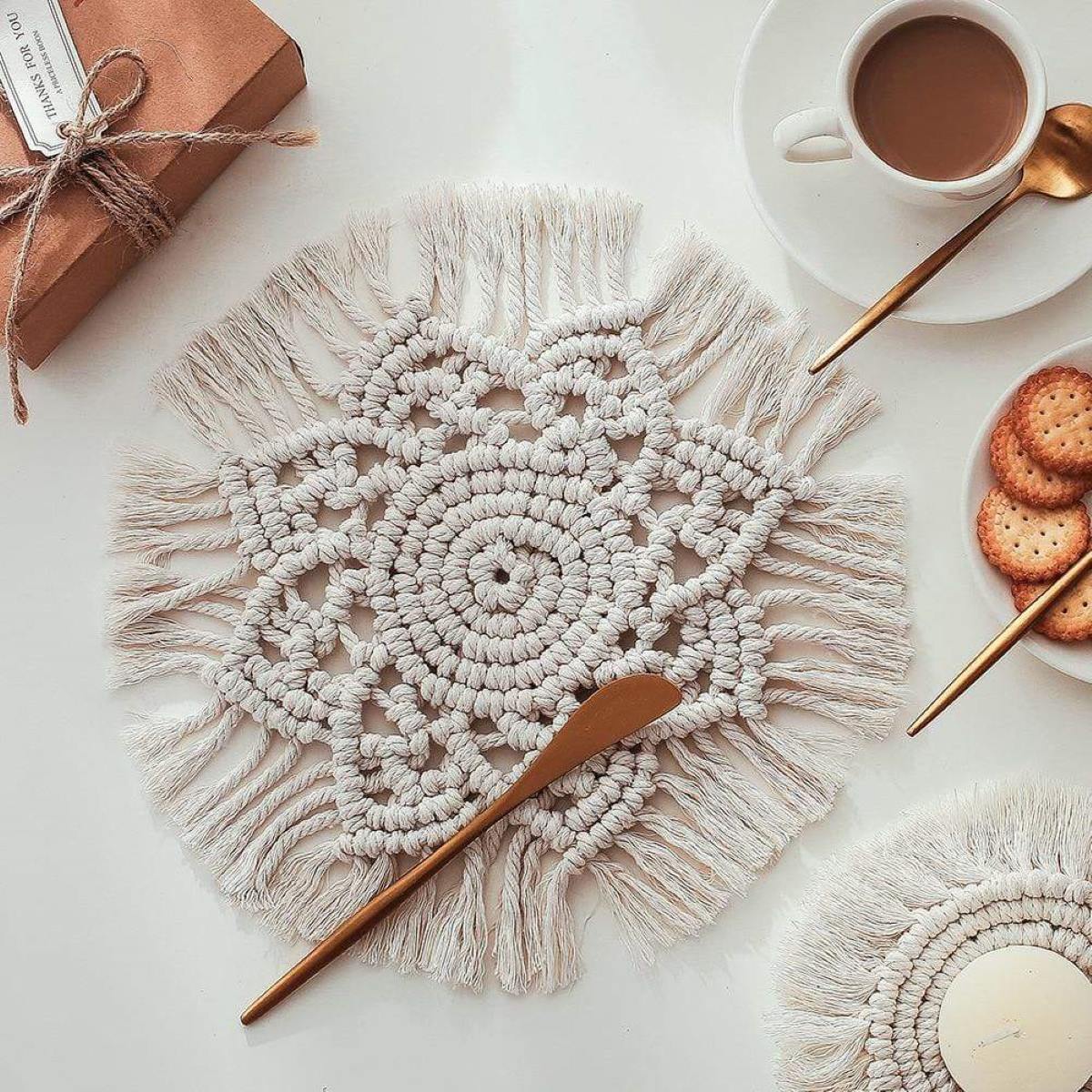
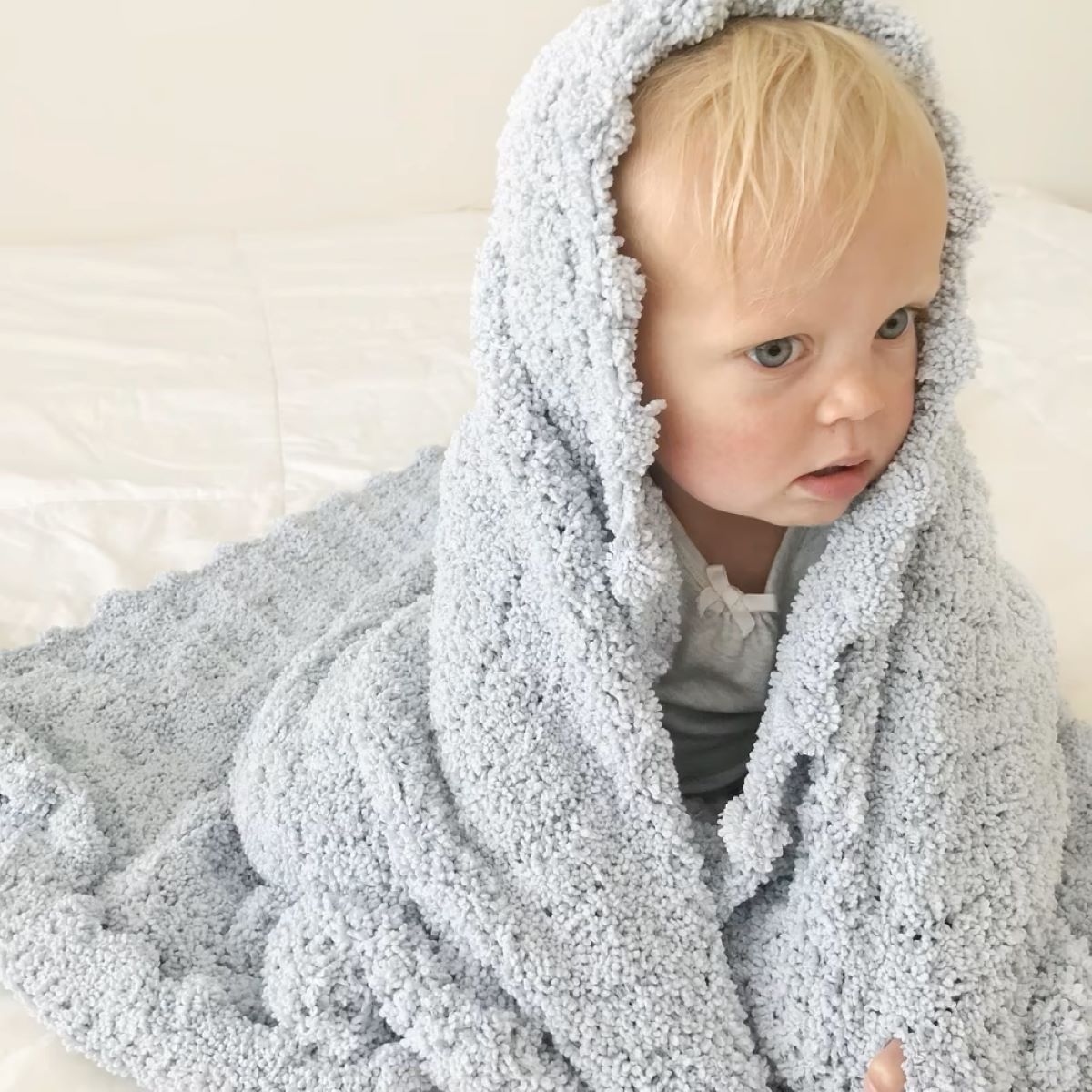
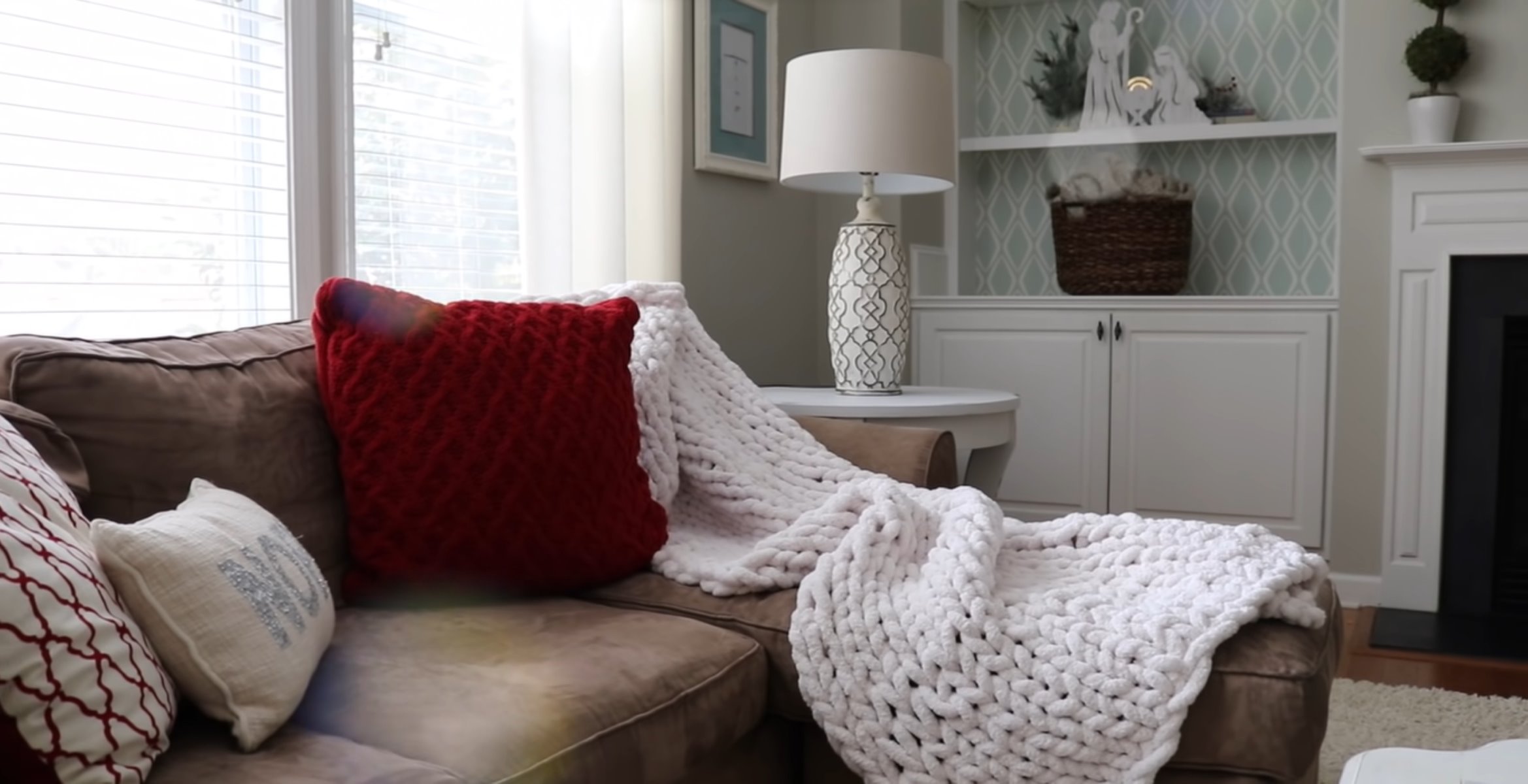
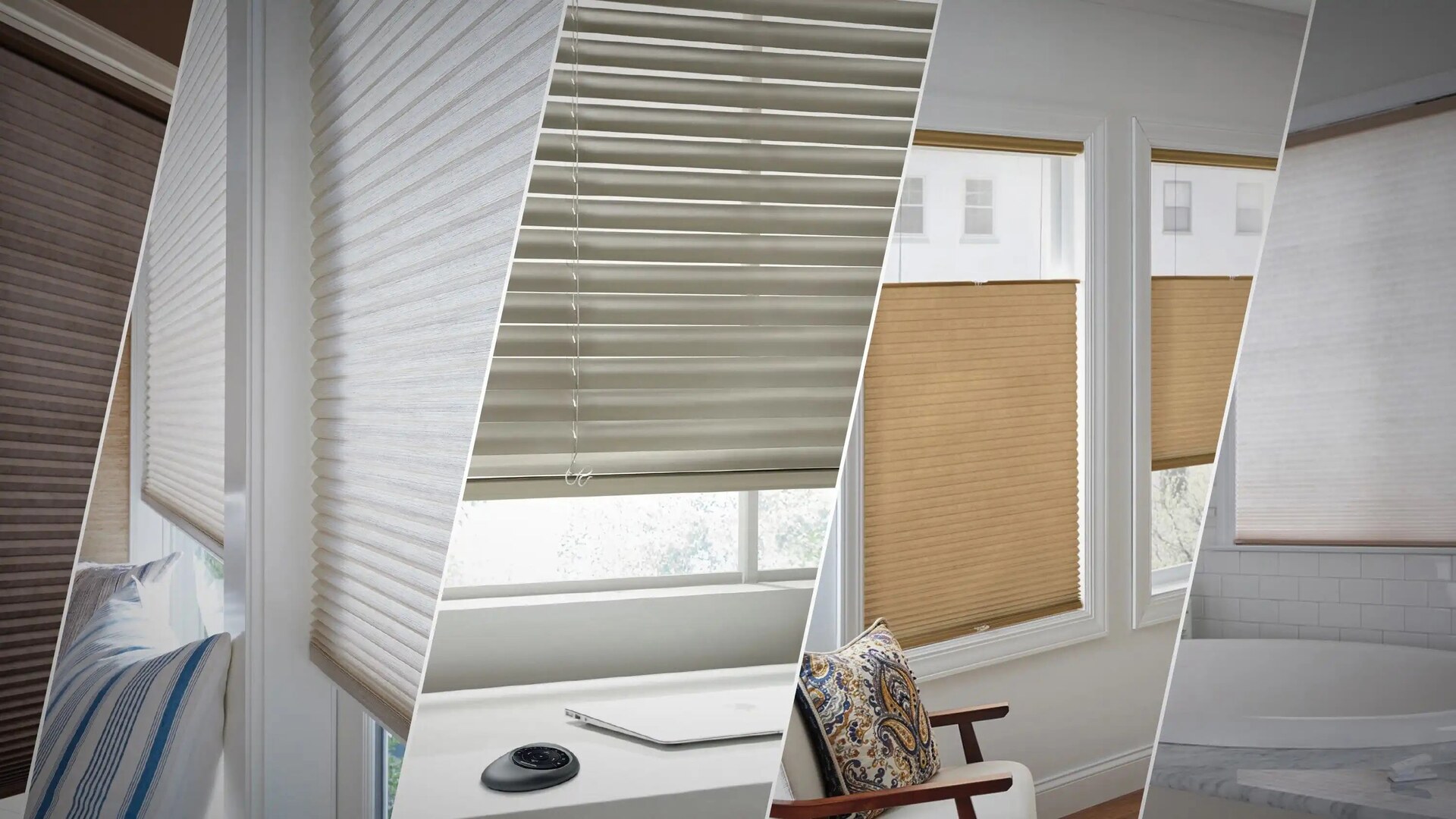
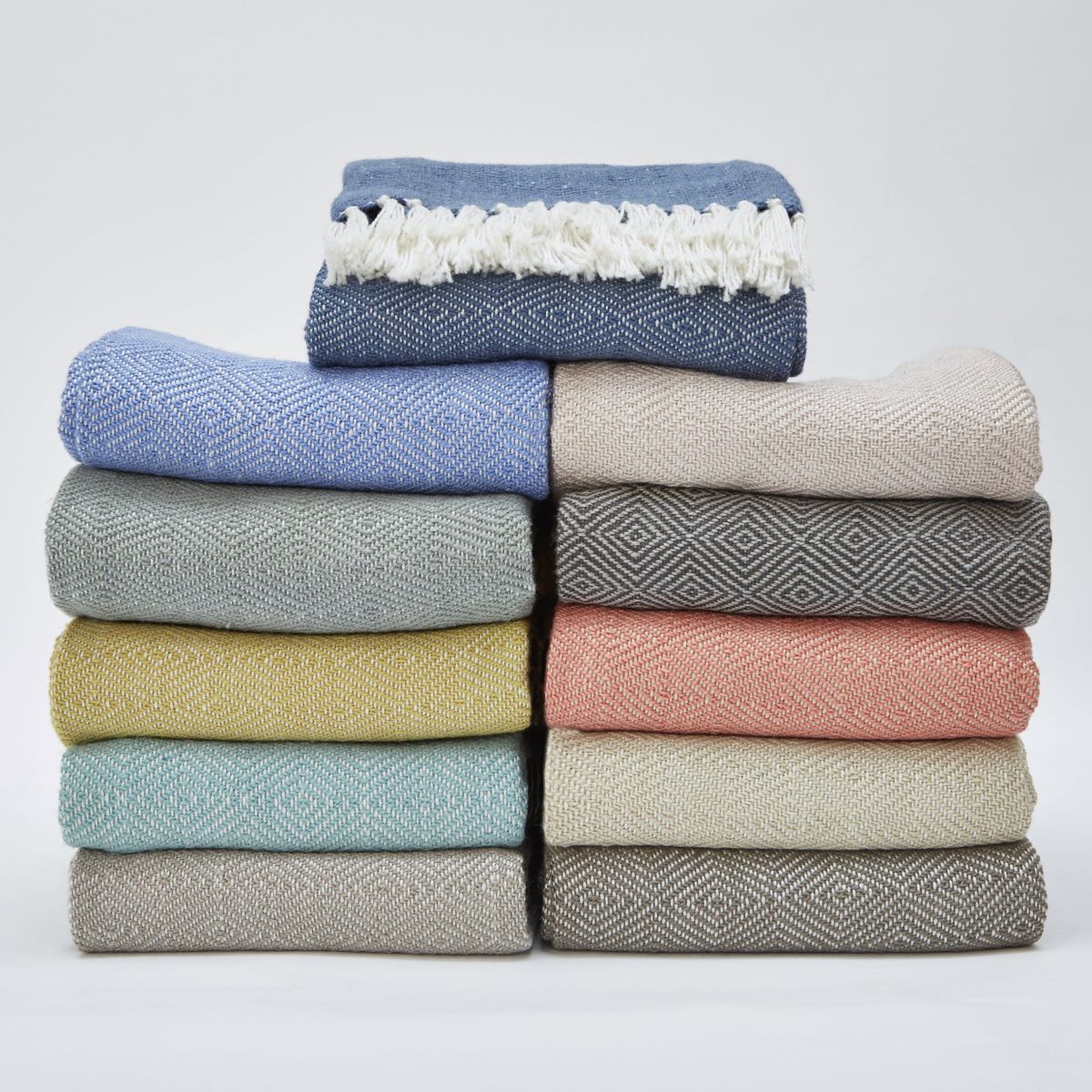
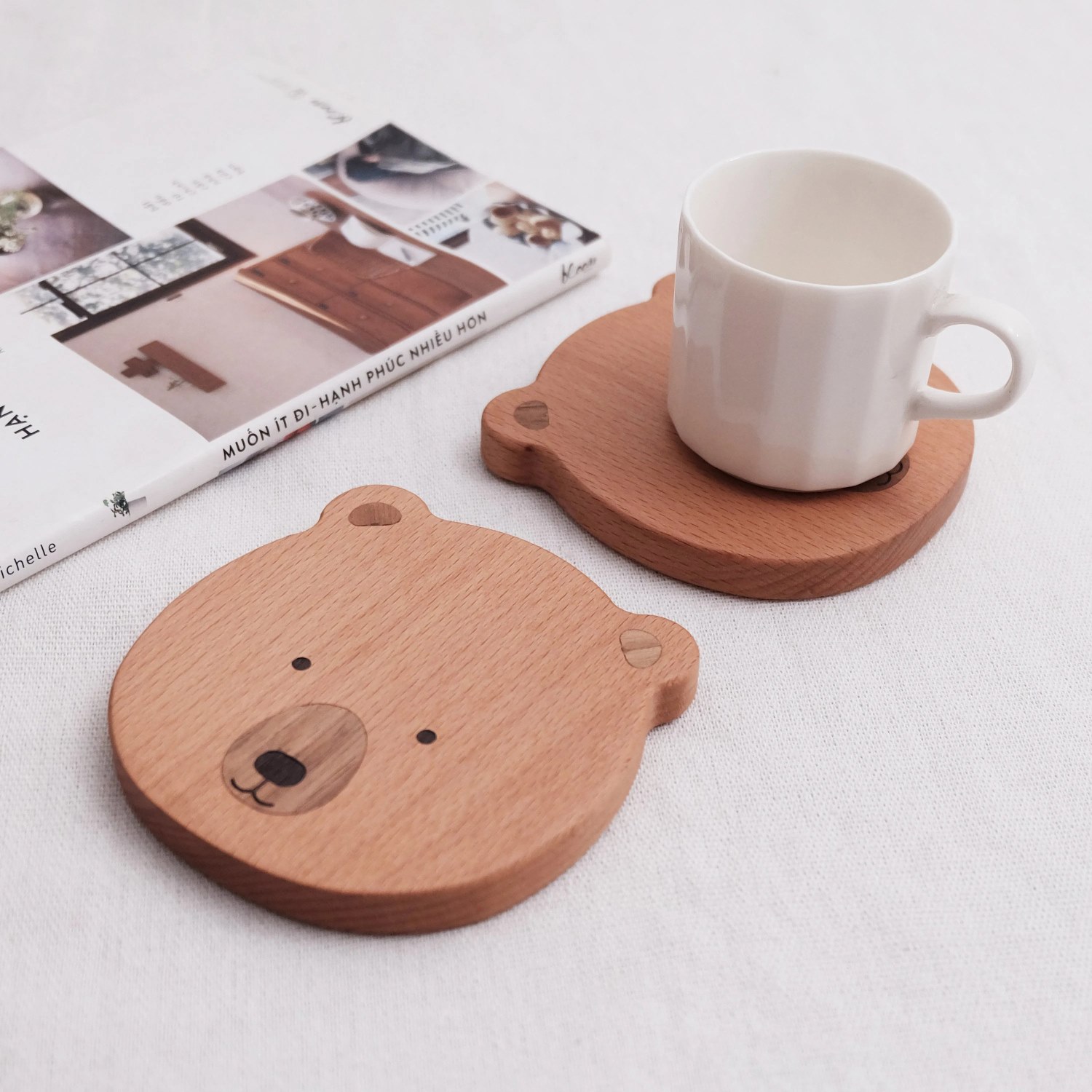
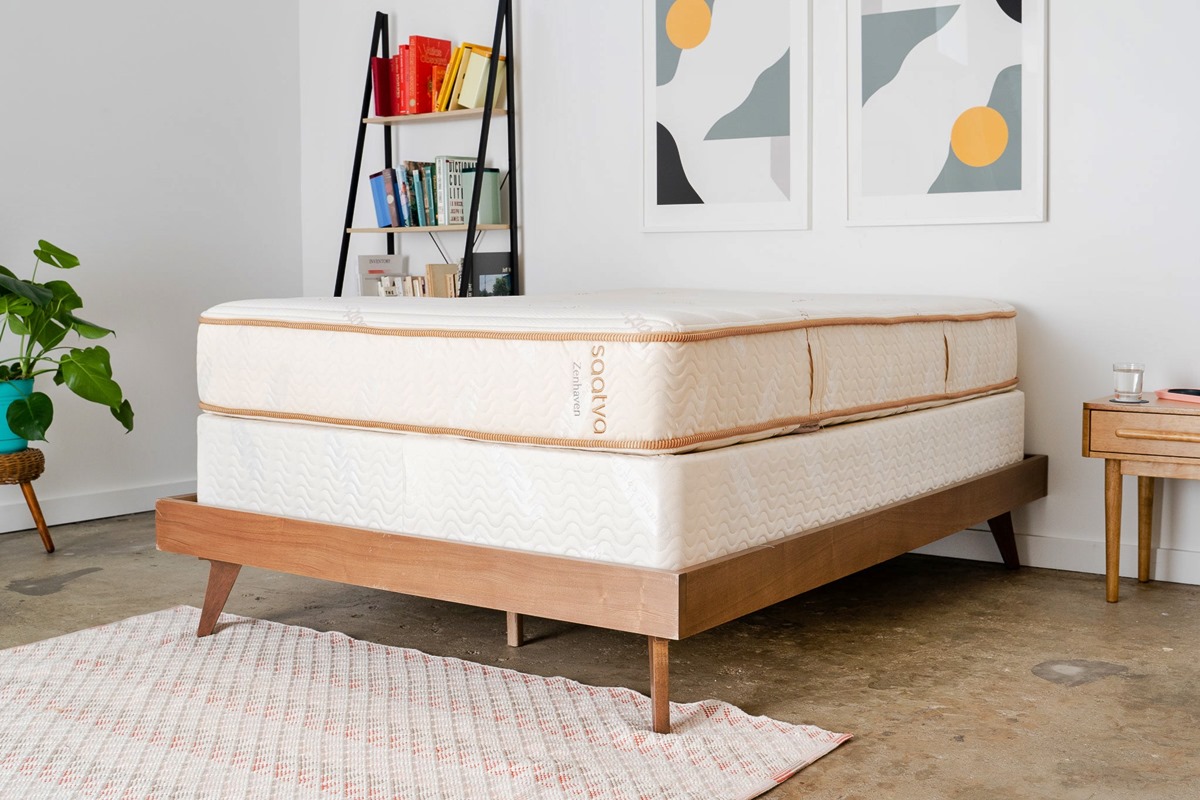
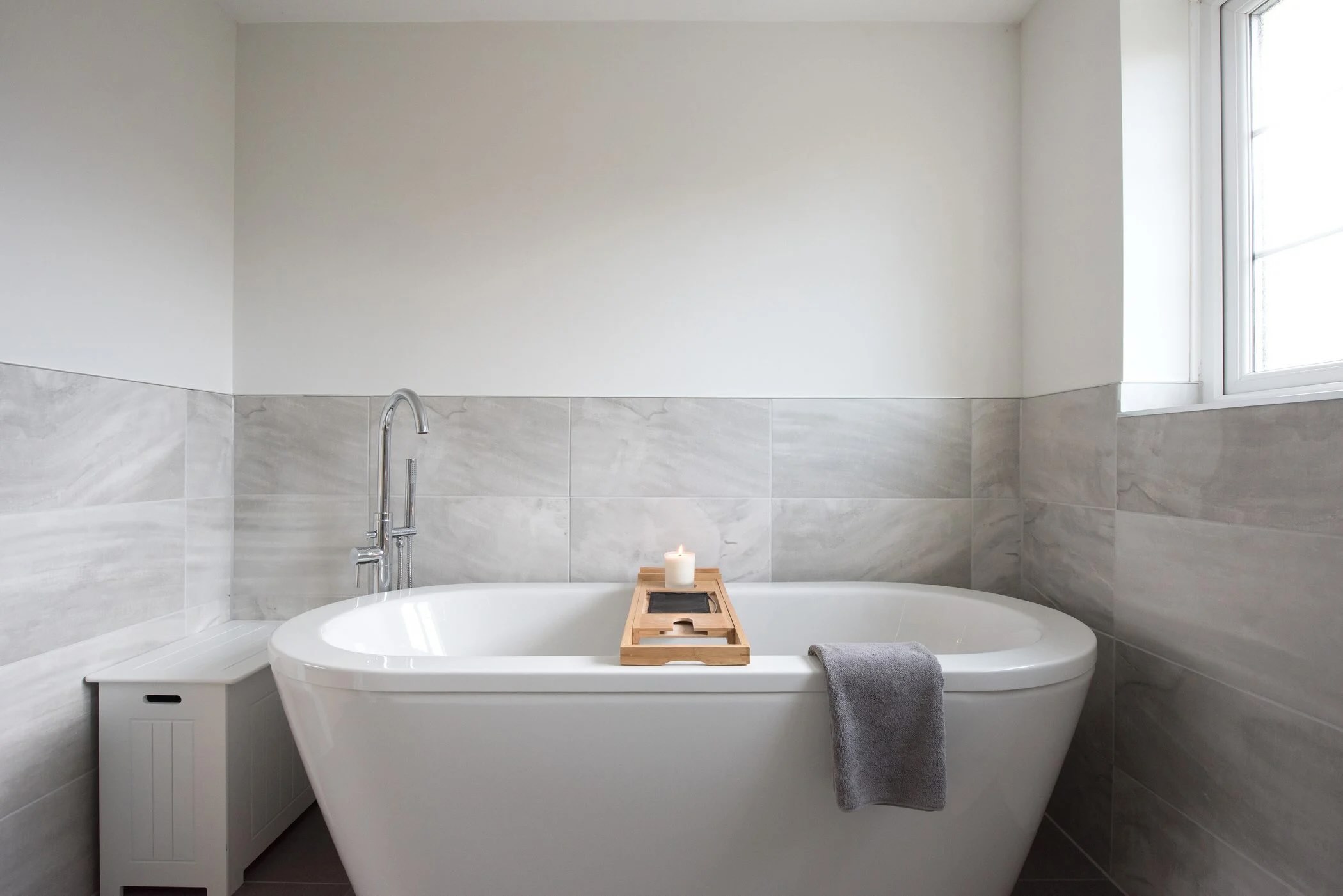
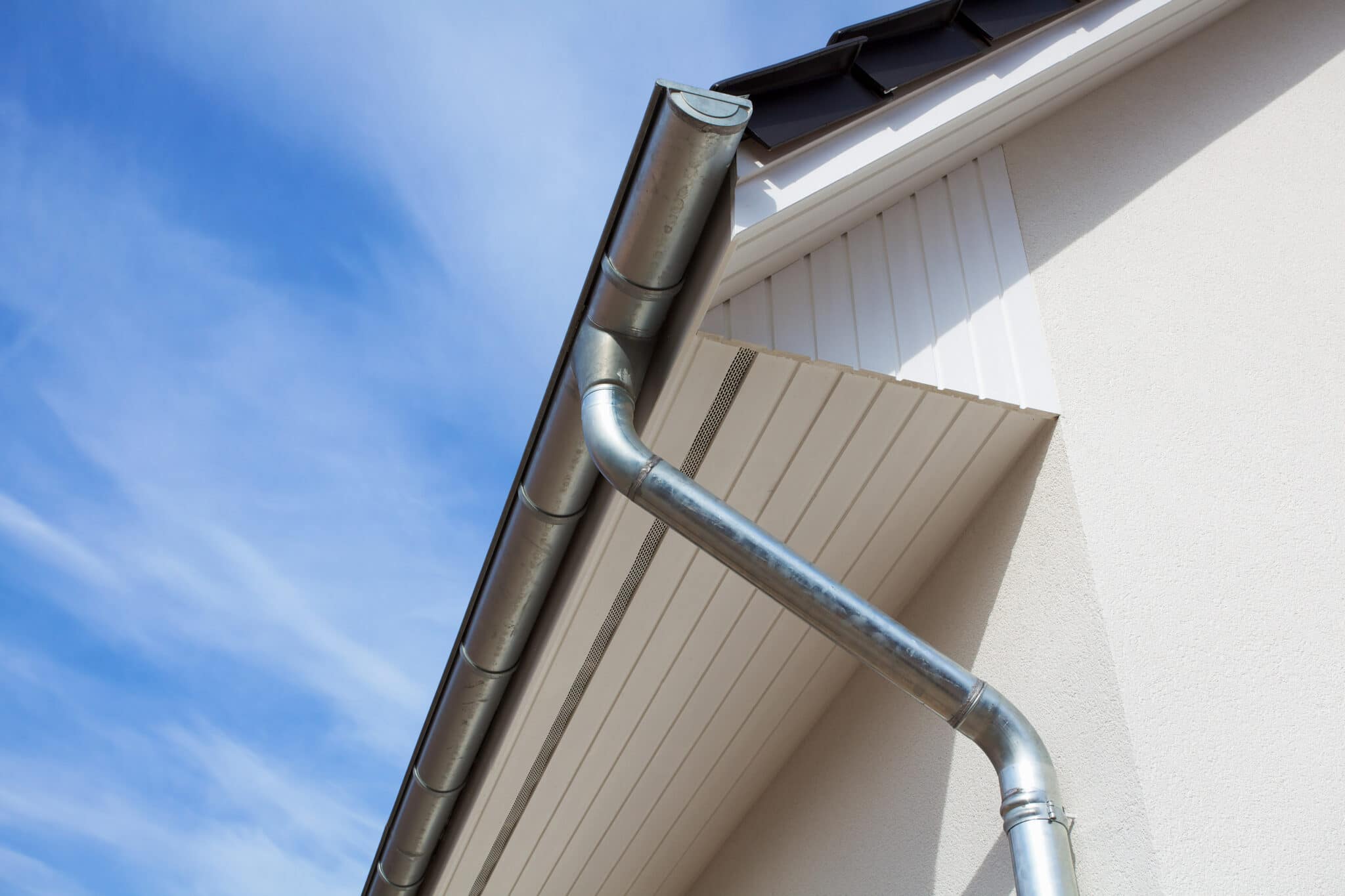
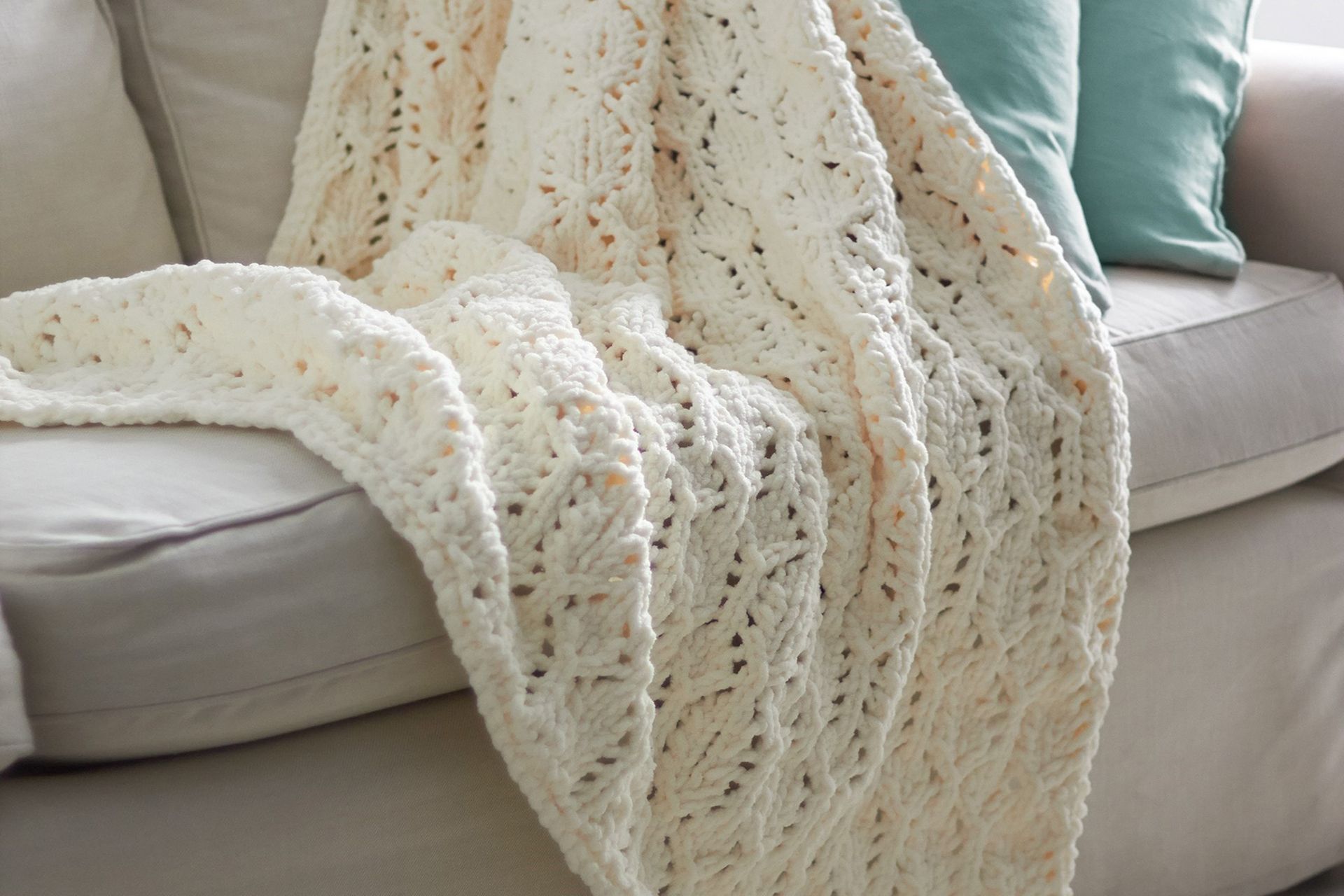
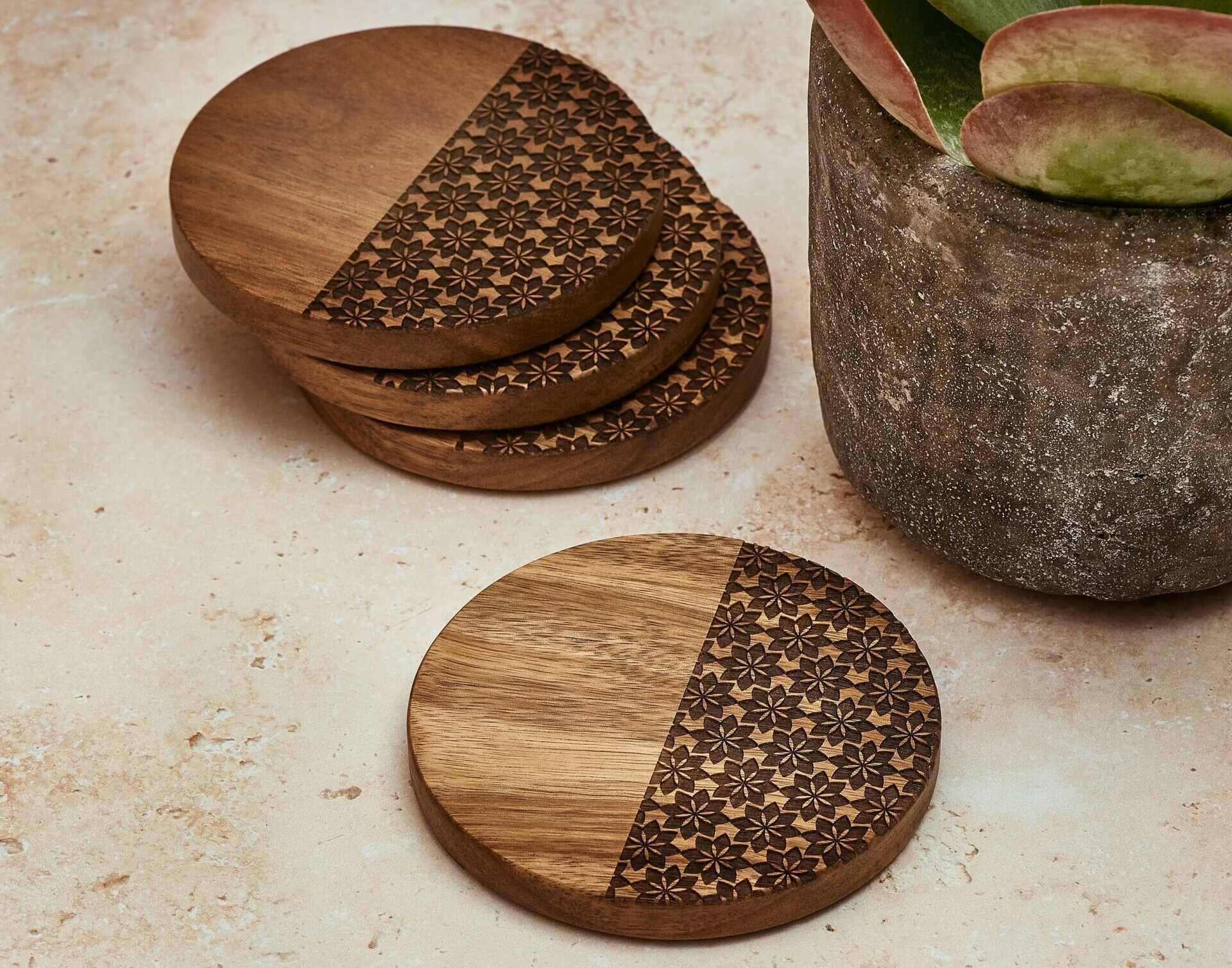

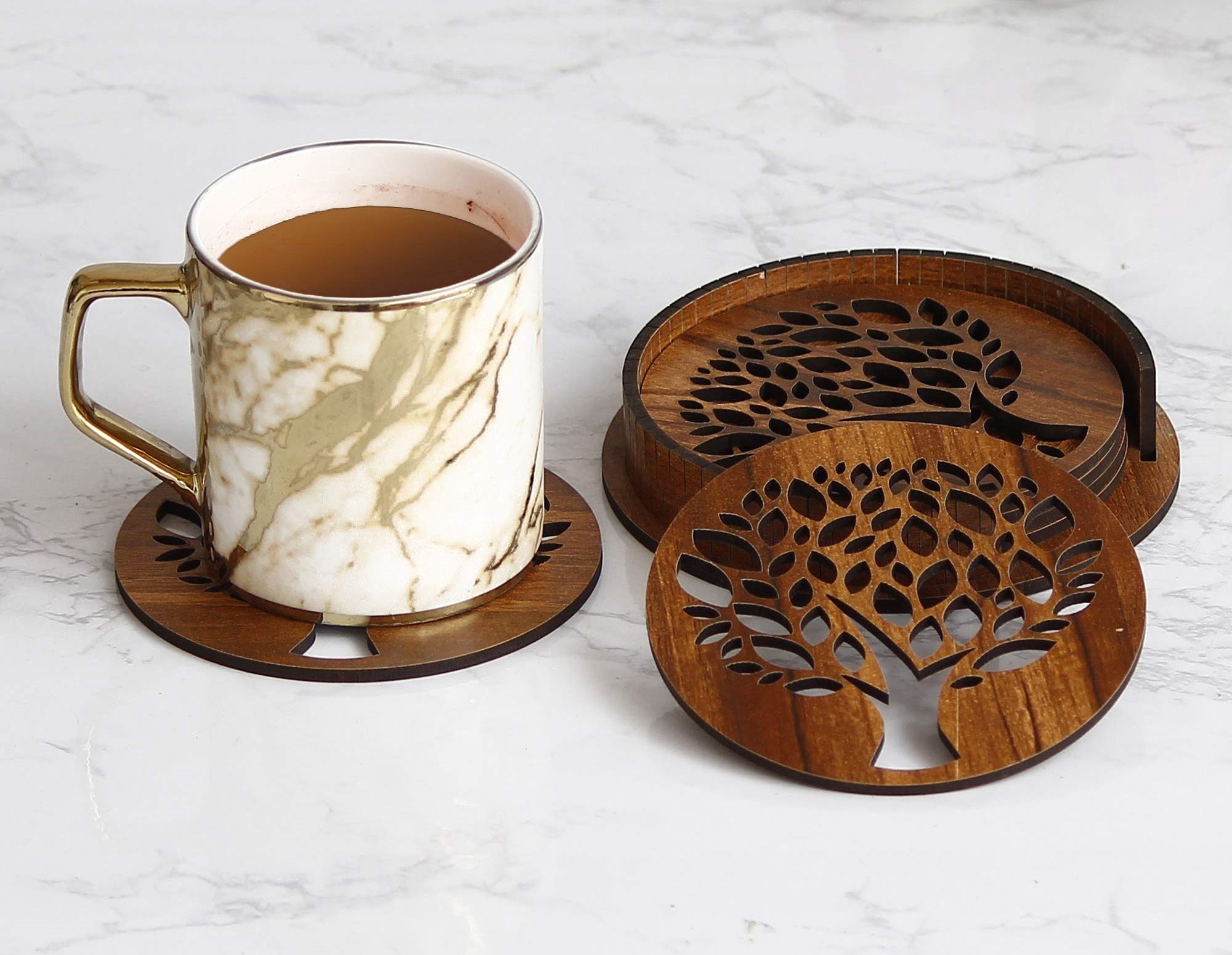
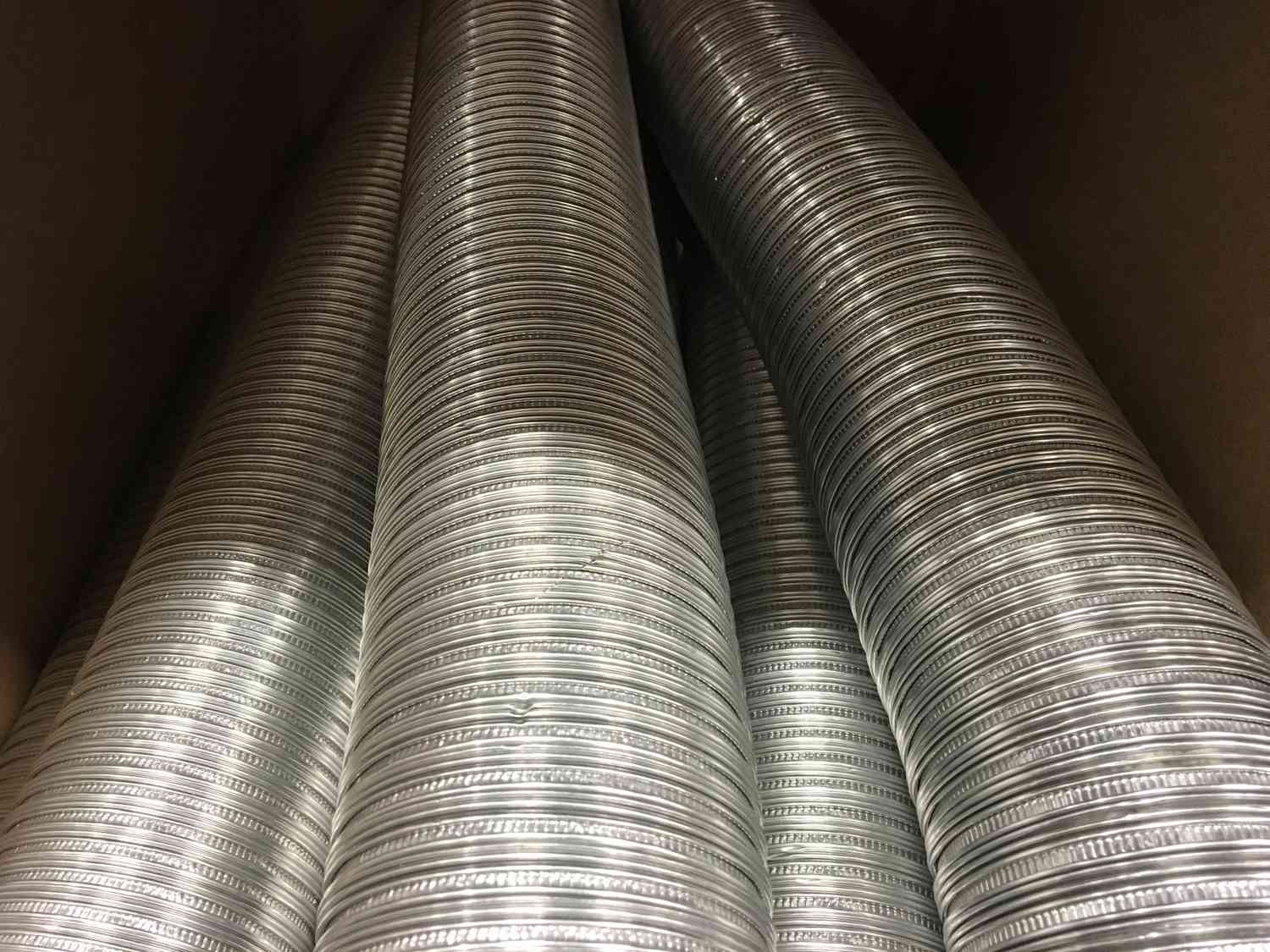

0 thoughts on “What Type Of Yarn Is Best For Coasters”